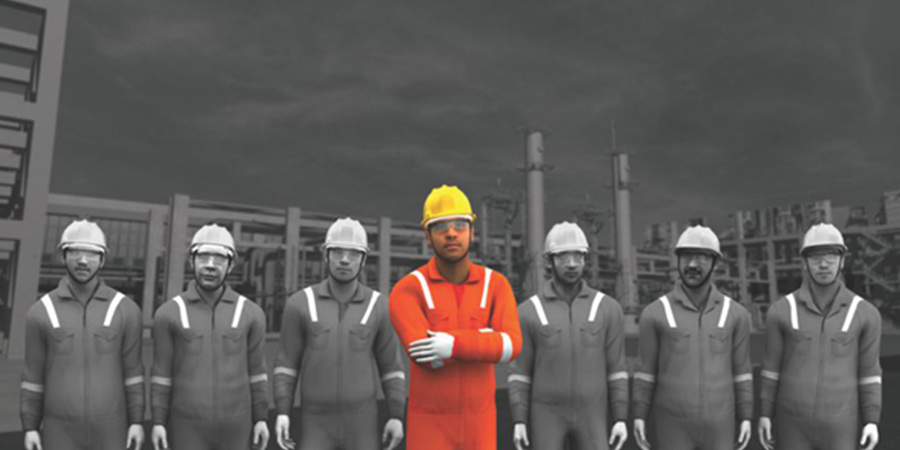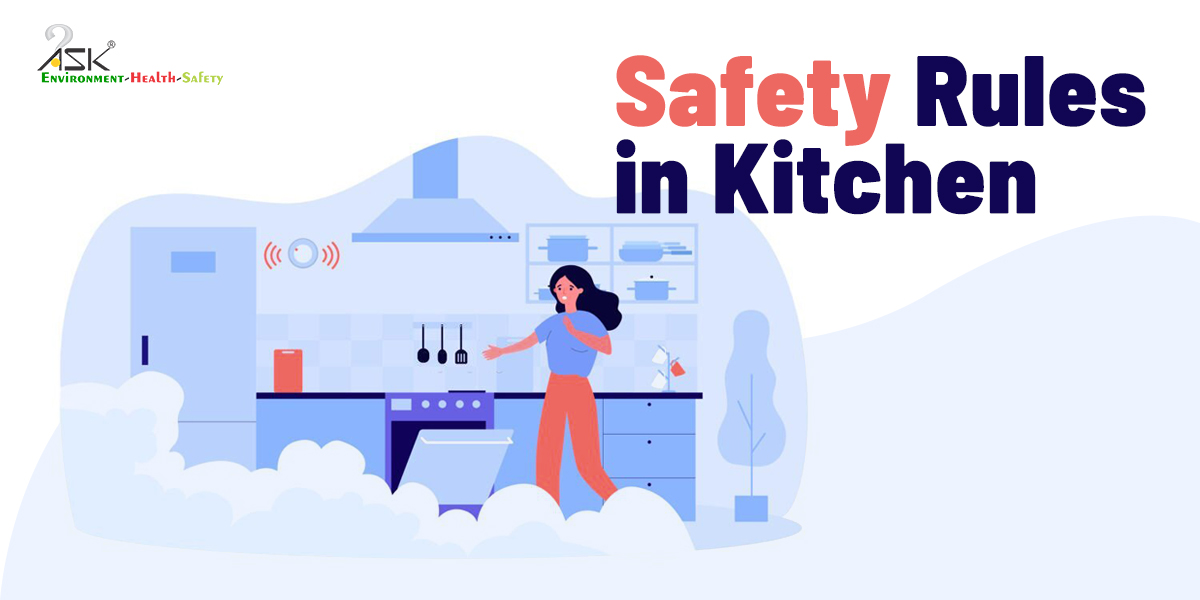Individual EHS Accountability – A Professional’s Expression

A Famous English quote says; “Remember Safety is Gainful, Accident is Painful.”
But, does this really make sense for all of us? Are we accountable towards Safety?
I was skeptical from the word go, as a recent pass out safety professional with a safety diploma in Industrial health and Safety, wondering how will I achieve the results for which I have been trained and taught for over 3 years. I was skeptical because I was not told that people, whom I am going to work with, will be the biggest resistance to what I wanted and achieved and was paid for, a safe environment for work.
This enlightenment pushed me on a soul-searching mission to first figure out how it can be done, rather than what must be done.
I presume many HSE personnel feel the same as I felt in the beginning of my career. A safety professional always blames the management or superiors or company for safety gaps. He doesn’t realize that as a safety guy it is his duty to convince the management/higher authorities for all his safety actions.
There were only 2 ways this situation ends up, which I found the hard way but nevertheless, I did. I had two choices, whether to play safe for job security or hold the bull by the horns. I had played safe for long but I was not able to achieve what I set out to achieve, hence this option went out of the window. So I made the second choice.
The Action Plan
The strategy that I worked out had number of factors, just to name a few; I started off, with first gaining knowledge about all the Policies, Vision, Plans and Procedures of my Organization. The documents gave me the confidence because I could see, that the organization was committed, it had protocols, it clearly established the powers attributed to HSE and last but not the least, it clearly established individual responsibility towards HSE. KNOWLEDGE
The next step was to define my boundaries and let the management know, I meant business, I figured that verbal request or reminders for Safety action items to execution team does not yield results. Hence, I started doing all my reports in writing, copied to personnel’s in-charge to act and senior management for information. This achieved assigning responsibility and documentation of Hazards identified. Now everything I noticed was documented. IMPLEMENT
I also realized that as an HSE personnel, If I raise an issue related to HSE and do not suggest a solution, the execution team considered me as a disrupter, eventually if, I had a problem and not a solution, then I was considered the part of the problem. I started giving temporary solutions to make the conditions safe and took an agreement on a permanent solution from the area in-charge. This approach changed my perspective in my execution team’s eyes. Slowly, I entered the friend zone and started looking less of a disrupter to my colleagues. TEAM BUILDING
To cut a very long story short once I gained the trust of my colleagues and management, things started looking positive day by day and results became excellent from satisfactory.
By sharing my story, I have tried to make an effort to console and encourage my HSE community friends and make them believe, that safety is not only about knowing what needs to be done? It’s more about figuring out how it can be done? The earlier part then comes easy.



The Management Team has overall responsibility for:
• Establishing the EHS Policy;
• Setting objectives and targets for EHS performance and improvement;
• Assigning responsibility and authority for implementation activities;
• Providing the adequate resources needed to implement the policy;
• Ensuring knowledge and skills are developed to effectively apply
the EHS systems and standards;
• Reviewing the EHS system to ensure its continuing suitability, adequacy,
effectiveness; and
• Actively communicating leadership and commitment that is visible
to the organization.
The Health and Safety Team is responsible for:
• Preparing and implementing EHS Management Systems that meet
the requirements of the EHS Support EHS Standards;
• Reviewing EHS performance to ensure company objectives and
expectations are met;
• Involving all employees in the relevant EHS plans for activities and
services;
• Assessing the existence and effectiveness of EHS plans through appropriate
audits and reviews;
• Effectively reviewing and tracking corrective actions for all incidents,
defects, hazards, inadequacies of procedures and suggested
improvements that are escalated; and
• Implementing leadership requirements specified in the EHS Management
Standards.
Its really great to read your post..thanks for sharing.